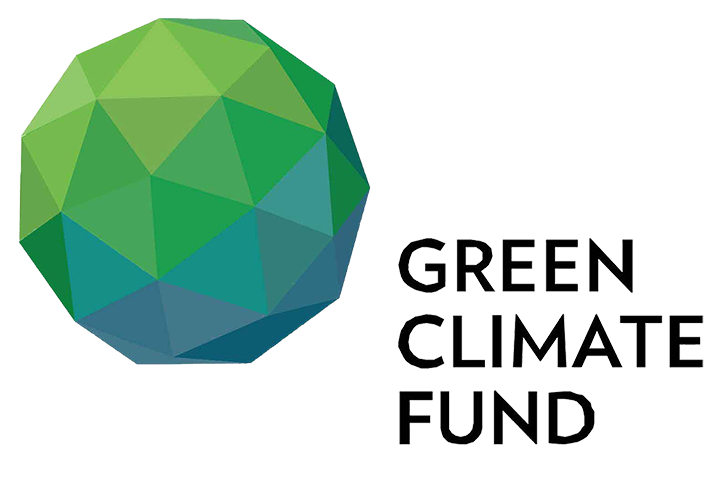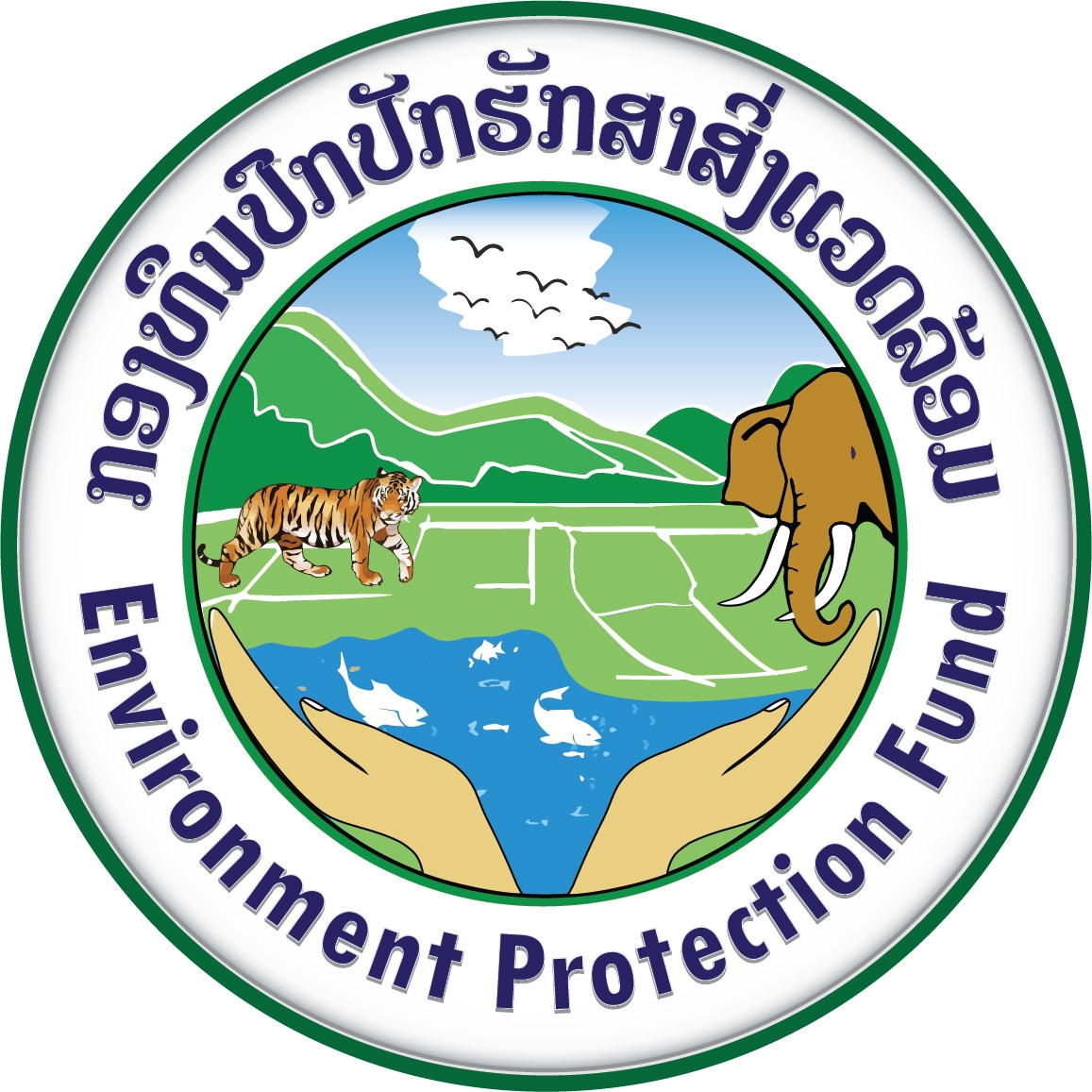
Objective
The Project I-GFLL aims at reducing emissions from deforestaton and forest degradation including the promotion of sustainable forest management, and the conservation and enhancement of forest carbon stocks. This will be achived through strengthened institutional and regulatory systems for low-emission planning and development and improved management of forest and land areas contributing to emission reductions.


